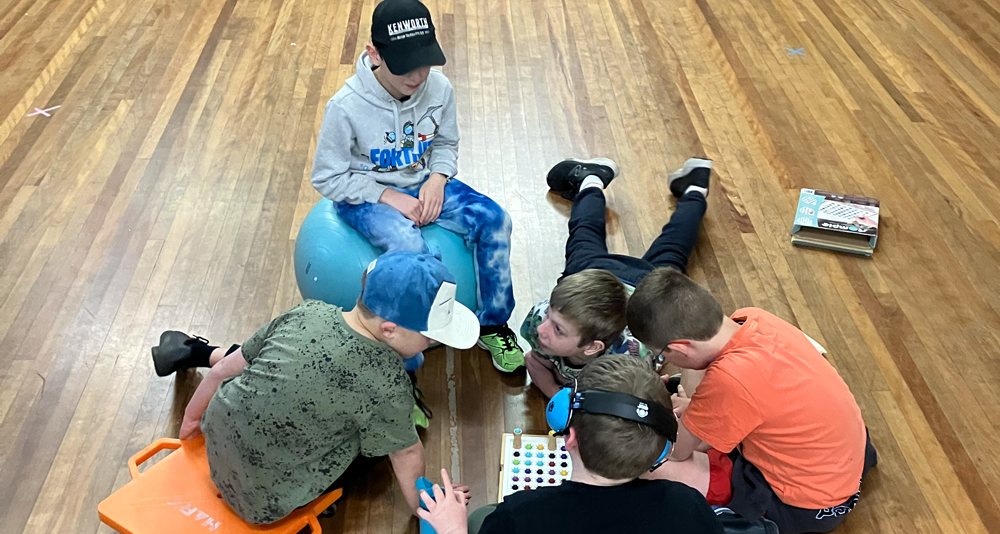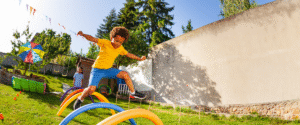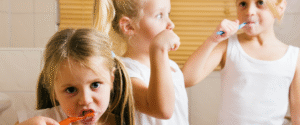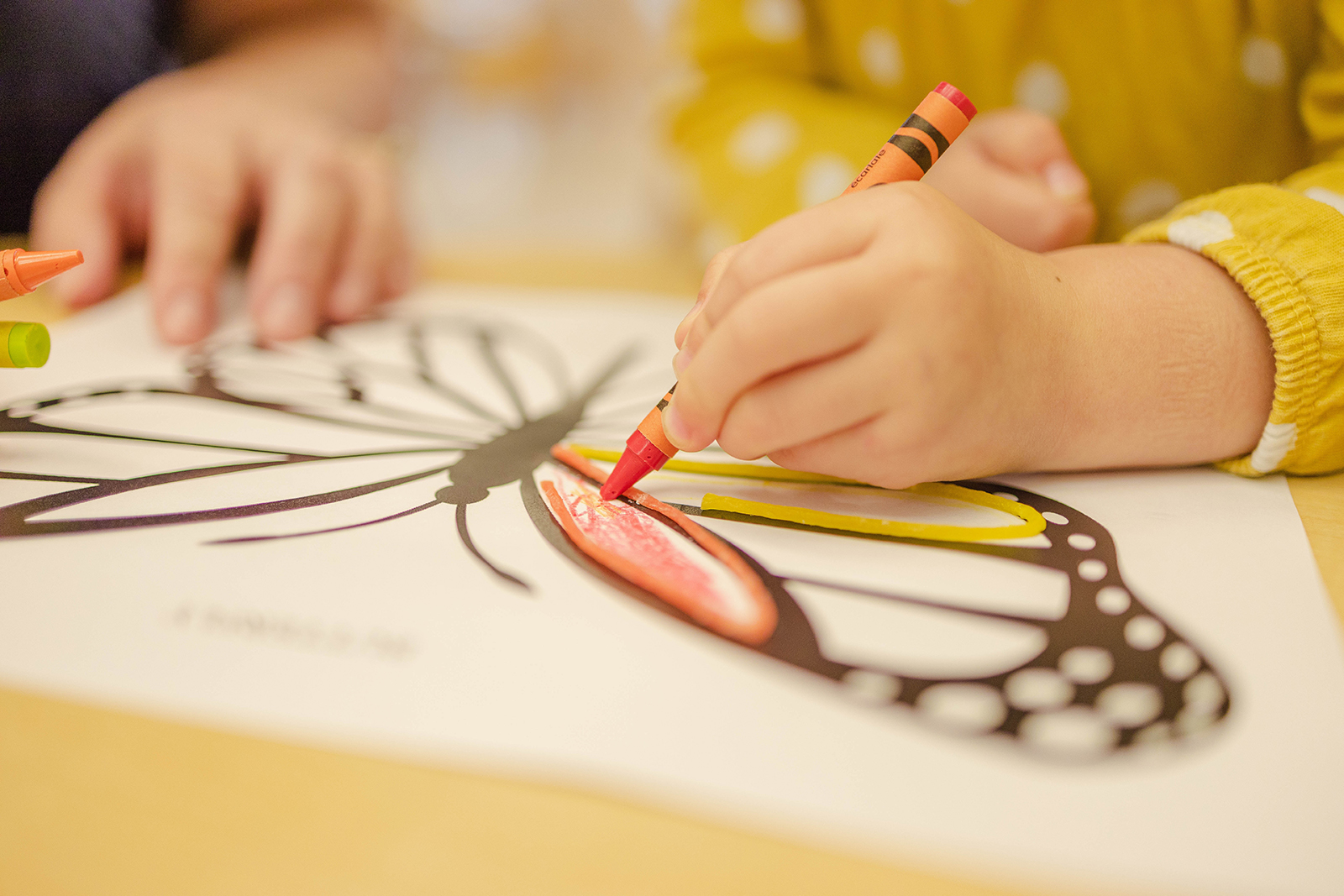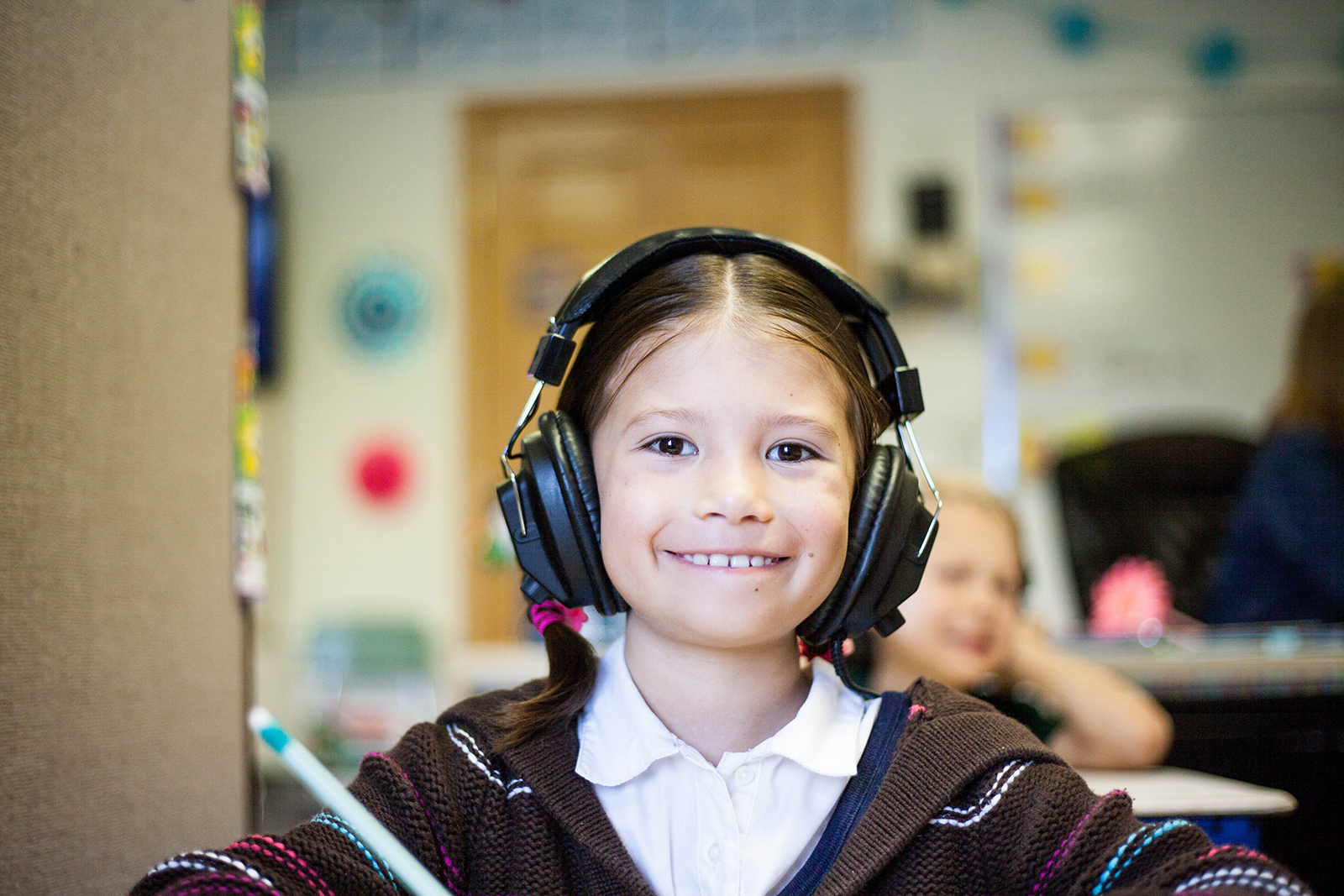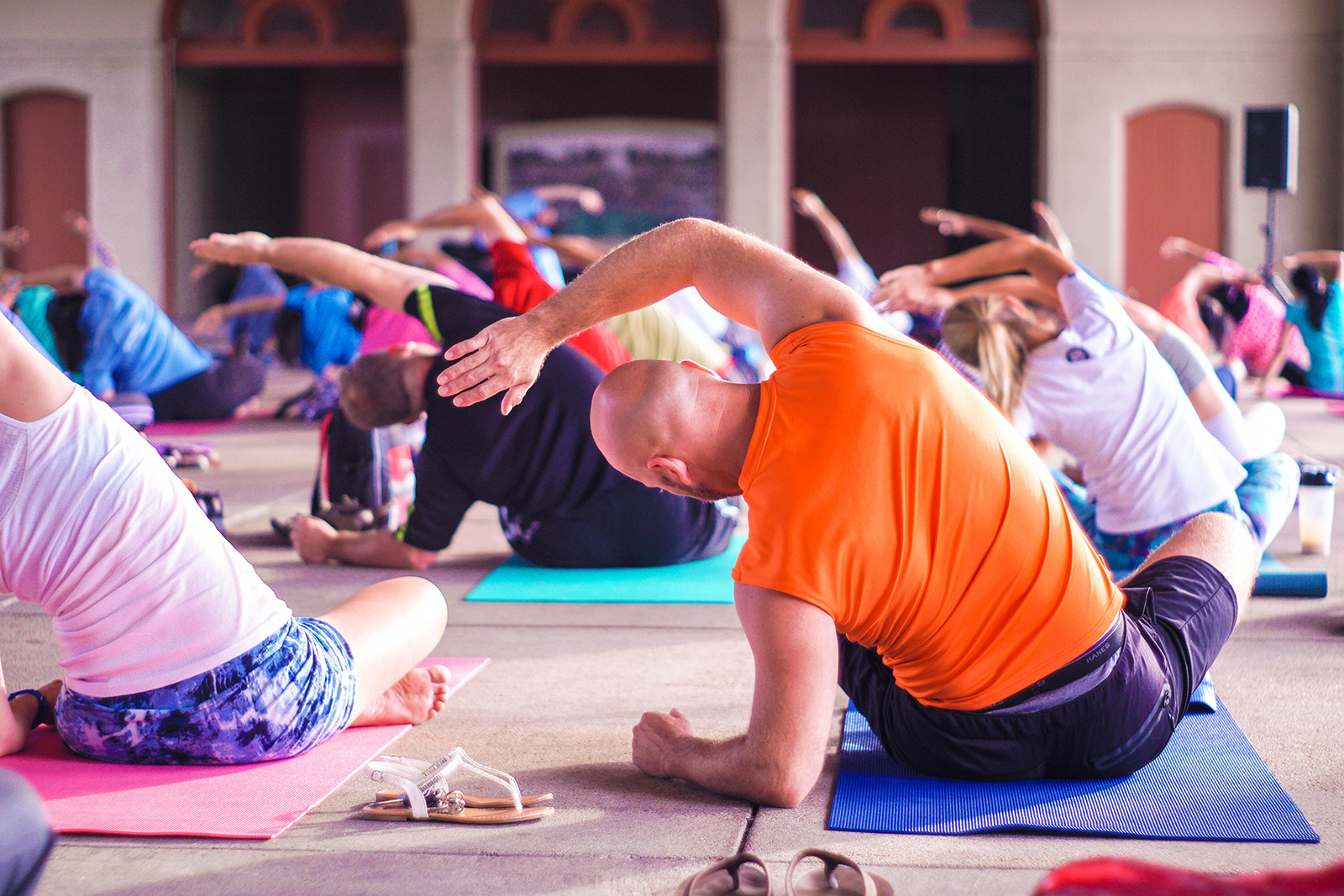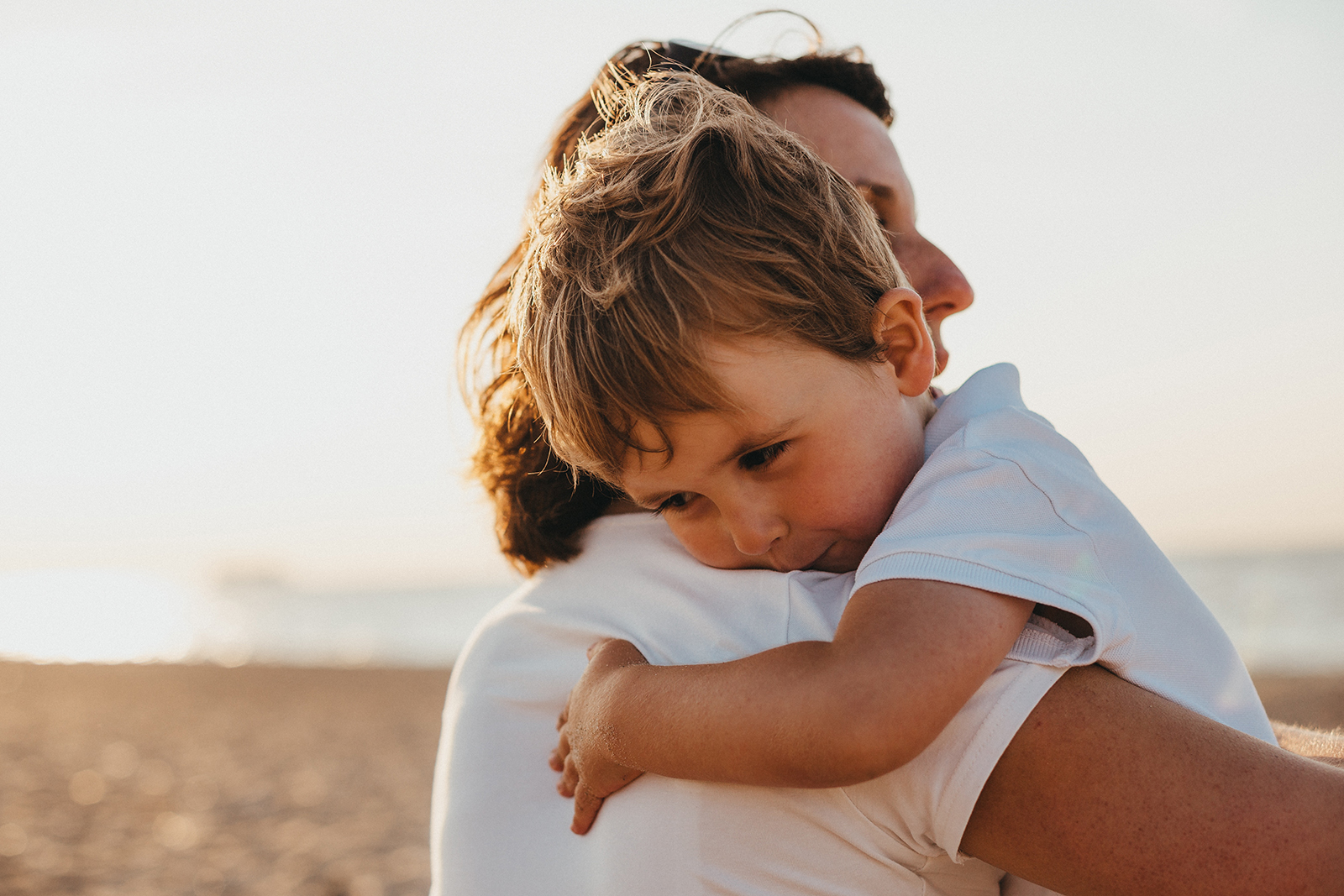
SAFETY FOR VULNERABILITY
Happy New Year everyone! I hope everyone has had a magical Christmas and New Year with your family, friends and community.
I know December was a busy time for a lot of people, navigating all the demands of the end of year. I hope there has been lots of resting, sharing quality time and making memories for you and your family, to set you up for another successful year ahead. I truly cannot wait to see you all continue to grow, share who you are with the world and shine.
At the beginning of each year we reflect on the previous year’s theme and set intentions for the year to come. This year our intentions and the way you will see us show up within ourselves, our team and with you, our families and communities is Safety for Vulnerability.
Why this theme?
How this came about is for the last few years we have had significant change, including life and world events; but also growth of the company, which has meant a lot of movement, adapting, changing and requiring to always be on. This year, it is about getting back to our core knowledge and foundations.
It is about holding space for people to feel ‘Safe’ to allow for ‘Vulnerability’. When this happens, this is where the magic happens.
The clinical side of it
From an OT perspective, there is a lot of research around the importance of feeling safe before beginning any work with any child, family member or community.
When we feel safe, secure, and protected, we are comfortable to let our true self shine, to show people our true selves, including our quirks, strengths and limitations. This is where the true beauty is. Being able to share who you are unapologetically is the essence of what brings you joy in your everyday activities; it brings about wellbeing and enhances our confidence in everything we do. As OT’s this is part of our job – to facilitate and support all our children, parents and community members to achieve this. To create a feeling of safe, to allow you to be vulnerable and share who you are.
This is where our point of difference at Explore and Soar is for our clients and families, because connection, relationships, establishing trust and safety are at the forefront and the beginning of everything we do. We take pride in these relationships with you all, because we know when we have this safety and connection, only then can we address and begin the real work.
Once we feel safe, we can be vulnerable
We can share and express how we feel, and work through these feelings. It is these moments that we as part of your team, get to support you further and be there with you in those moments. It is where we can assist in identifying activities that are leading to such feelings where things feel like they are unattainable or unachievable.
This is where we grade these activities for success in learning that new skill and then, where appropriate share them with your people and community.
So something that felt big and challenging is now an obstacle overcome and done so with everyone supporting you.
Vulnerability also brings the need for flexibility
When we share our true selves – our emotions and feelings – we cannot be sure how people will react; its unpredictable.
For our children, unpredictability is the opposite of what they need. It is the opposite of what they seek. They seek the predictable, to know the boundaries and limits and have control. However, ensuring strong connections and relationships allow our children the safety and securing within this unpredictability.
It is here we can show our flexibility. It is here that we can still provide our children with the predictability they seek. Our ability to be flexible in our thoughts, plans and actions is teaching our children that skill also! It is breaking down a skill that seems big and challenging to our children in real time.
Being flexible and dealing with change is something every one of us has to be at some point in our lives.
So it is our commitment to our Explore and Soar families that we will show Safety in Vulnerability in 2023 – to develop our children’s flexibility and dealing with change.
Until next time,
Jess & Lori
ORIGINALLY PUBLISHED FEBRUARY 10, 2023



